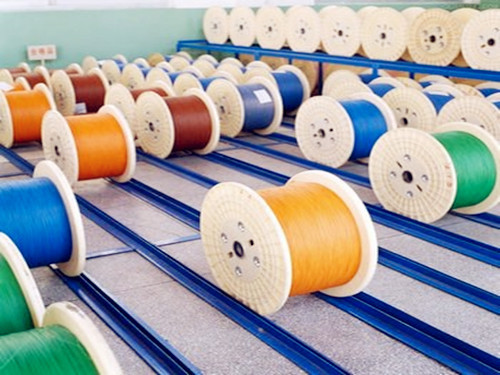In terms of production, the macro economy is weak, and the textile and apparel industry faces a stagnant export and domestic sales situation. The accumulated export value of textiles and clothing decreased from 11.4% in 2013 to 5.1% in the previous year, and has shown negative growth in April this year. The total volume of retail sales of enterprises above designated size decreased year-on-year year-on-year, from 27.8% at the beginning of 2011 to 7.1% in March this year. Downstream companies are generally not optimistic about the market outlook. To reduce risks, business orders are purchased on-demand, and the volume of orders is substantially reduced. Most of them are scattered small ones. SUZHOU WINTEX TEXTILE CO.,LTD. , https://www.szwintextextile.com
The textile industry is under pressure due to the sluggish business
According to some companies, this year's consumption has shrunk sharply from previous years, nearly two-thirds of the previous year's peak period. In this situation, in order to control costs, enterprises have reduced the operating rate, which is only 60% in previous years. In addition, spinning companies below 50,000 spindles are basically shut down.
In terms of inventory, textile companies are not optimistic about the cotton market outlook. With the purchase and use of raw materials, raw material stocks have been compressed from the previous one and a half months to the current half month to one month. Traders follow the principle of "one-on-one, point-to-point, pressure-inventory, and cost-reduction." Spinning companies also try to keep down raw materials and product inventory to prevent business risks.
In terms of cost and profit, yarn production costs mainly include raw material costs, labor costs, and electricity costs. Among them, raw material costs account for about 70% of the total cost, and labor costs and electricity costs account for more than 25% of the total cost. In the past two years, it has been difficult to recruit workers, labor costs have been rising, and domestic yarns have lost their competitive edge over foreign low-end yarns. Although the prices of raw materials such as cotton and chemical fiber have declined, due to the relatively weak downstream consumer market, it is more difficult to shift costs downstream. Therefore, the profitability of the company has not been greatly improved due to the lower prices of raw materials. On the contrary, the sluggish market conditions led to a significant contraction in downstream orders, and smaller mills with weak capital strength were even close to failure.
Production and operation transformation. The rising labor costs in the country, coupled with the lack of quotas on imported yarns, the large number of imported yarns in the middle and lower branches will squeeze the country’s market, leading to the risk of domestic textile companies producing less than 40 yarns at a loss. Under the dual pressures of rising labor costs and sluggish consumer spending, companies tend to produce high value-added medium-high count yarns and high-end fabrics. At the same time, they also pay more attention to the development and production of new functional and dissimilar fabrics in order to develop new profits. Growth point, enhance the competitiveness of enterprises.